Cleaning Strokers & Masturbators: Drying Cores Without Mold — Complete Guide
Cleaning Masturbators: Drying Cores Without Mold
Folks, let's address the elephant in the room: mold concerns around male masturbators. The good news? Mold is completely preventable with proper cleaning and—most importantly—thorough drying. The bad news? It's also surprisingly easy to create conditions for mold growth if you don't know what you're doing. Moisture trapped in a dark, enclosed canal is basically a mold invitation, and unfortunately, many users learn this the hard way.
This guide provides foolproof protocols for cleaning masturbators and, critically, ensuring the internal core dries completely every single time. Whether you own open-ended sleeves or closed-end designs with suction caps, silicone or TPE materials, we'll cover the specific techniques that prevent mold while extending your toy's lifespan. You'll learn what cleaning products to use (and avoid), exact drying times, helpful tools, storage best practices, and how to spot trouble before it becomes a health issue. If you haven't chosen a toy yet, check our pocket pussy buying guide. For usage tips, see our how to use guide.
⚕️ Educational Resource Notice: This content is for educational and informational purposes only and does not constitute medical, therapeutic, or professional health advice. The information provided is based on sexual wellness best practices and product knowledge, not medical expertise. Always consult qualified healthcare providers for personal health concerns, medical conditions, or questions about sexual health. If you experience pain, discomfort, allergic reactions, or other adverse effects from any product, discontinue use immediately and seek appropriate medical care.
Quick Answer: Rinse with warm water, wash with mild soap/toy cleaner, rinse again, then air-dry the interior completely. Use a drying stand or airflow aid, tip open-ends vertically, and leave caps/valves cracked. For TPE, dust renewal powder when dry. Store cool, separate from other toys.
📋 Table of Contents
Why Mold Forms (And How to Stop It)
Understanding the conditions that promote mold growth helps you prevent it systematically.
The Mold Triangle: Moisture + Darkness + Warmth
Moisture is the primary culprit: Even a small amount of water trapped in a canal provides the environment mold needs to establish and spread. Closed-end masturbators are especially vulnerable since water pools at the sealed end with no exit path.
Darkness accelerates growth: Mold thrives in dark environments. Storing a damp toy in a closed case or drawer creates ideal conditions—the mold can't be seen until it's already established.
Warmth speeds colonization: Room temperature (68-77°F / 20-25°C) is comfortable for humans and perfect for mold. Warmer storage areas like bathrooms with shower steam or near heaters accelerate growth even more.
Material Vulnerabilities
TPE and porous materials: The porous structure of TPE, elastomers, and similar soft materials creates microscopic pockets where moisture can hide even after surface drying. These materials are more susceptible to mold than non-porous silicone. Learn more in our TPE vs silicone materials guide.
Silicone advantages: Non-porous platinum-cure silicone doesn't absorb moisture into its structure, making it inherently more mold-resistant. However, water can still remain on the surface or in textured areas, so proper drying remains essential.
Storage Container Issues
Airtight containers: Sealed plastic cases or bags trap any residual moisture rather than allowing it to evaporate. They're fine for dry toys but terrible for anything even slightly damp.
Shared storage: Storing multiple toys together increases risk. If one toy has mold, spores can transfer to others. Different materials touching can also cause chemical reactions that degrade surfaces, making them more susceptible to colonization.
Early Warning Signs
Catch mold before it becomes a major problem by watching for:
- Musty or mildew odor: Distinctive smell that doesn't disappear after cleaning
- Visible dark spots: Black, green, or gray spots inside the canal or on the exterior
- Fuzzy patches: Textured growth that looks like fuzz or hair
- Slimy texture: Areas that feel unusually slippery or tacky when they should be dry
- Material discoloration: Yellowing or darkening that spreads over time
If you spot any of these signs, discard the toy immediately. Mold in porous materials cannot be fully removed and poses respiratory and infection risks.
Complete Cleaning Routine (Step-by-Step)
Proper cleaning is the foundation of mold prevention, but technique matters as much as frequency.
Step 1: Immediate Rinse
Timing matters: Rinse your masturbator immediately after use—within 5 minutes if possible. Don't let fluids dry inside. Dried material is much harder to remove and creates residue that promotes bacterial and fungal growth.
Water temperature: Use warm water (100-110°F / 38-43°C)—comfortably warm to the touch but not hot. Hot water can warp TPE or set protein-based fluids, making them harder to remove. Cold water is less effective at dissolving lubricant and bodily fluids.
Open-ended technique: Run water through both ends under the faucet. Turn the sleeve in all directions to rinse every internal surface. The flow-through design makes this quick and thorough.
Closed-end technique: Fill with water, cover the entrance with your hand, shake vigorously, and pour out. Repeat 3-5 times until rinse water runs clear. Remove from case if applicable—never clean sleeves while they're still in hard cases.
Step 2: Apply Appropriate Cleaner
Safeoptions: Mild, unscented hand soap or specialized sex toy cleaner. Look for pH-balanced formulas without harsh additives. TheDildoHub's toy cleaners collection features products specifically designed for intimate materials.
What to avoid:
- Harsh antibacterial soaps—can degrade materials and leave irritating residue
- Dish soap with degreasers—too harsh for body-safe materials
- Heavily fragranced soaps—perfumes can cause allergic reactions
- Alcohol-based cleaners—dry out and crack TPE over time
- Bleach or harsh disinfectants—damage all toy materials
Application: Apply a dime-to-quarter-sized amount of cleaner inside the canal and on all external surfaces. For long or heavily textured canals, you may need more.
Step 3: Scrub Thoroughly
Manual method: Use your fingers to work cleaner through the entire internal canal. Apply gentle pressure and circular motions, paying attention to textured areas (rings, ribs, chambers) where residue hides.
Brush assistance: For tight canals or deep closed-end designs, a soft-bristle brush on a flexible handle reaches areas fingers can't. Use gentle pressure—you're cleaning, not scrubbing paint off a deck. Overly aggressive scrubbing damages texture definition, especially in softer TPE.
Focus zones: Pay extra attention to the entrance (where most texture concentrates), any chambers or tight sections, and the very end of closed-end canals where water and fluids pool. For entrance-specific designs like mouth masturbators or ass masturbators, detailed entrance textures require extra attention.
Step 4: Rinse Exhaustively
Why thorough rinsing matters: Soap residue left inside causes irritation during next use, can degrade materials over time, and provides organic material that bacteria and mold can feed on.
Rinse duration: 1-2 minutes of continuous running water for most toys. For closed-end designs, fill and dump 5-8 times until you're absolutely certain no soap remains. Check by smelling the rinse water—any soap scent means continue rinsing.
Visual confirmation: Rinse water should run completely clear with no cloudiness, bubbles, or residue visible.
Step 5: Remove Excess Water
Exterior: Pat dry with a clean, lint-free towel. Microfiber works well—it's absorbent and doesn't shed fibers that stick to the toy.
Interior: Gently shake the toy to remove as much water as possible. For open-ended sleeves, you can swing it carefully (holding the handle securely) to centrifugal force water out. Don't wring or twist—this tears softer materials.
Why not towel-dry internally? You can't reach deep enough with a towel without risk of introducing lint or accidentally tearing the material. Surface water removal is fine, but internal drying must be air-based.
Foolproof Drying Techniques
This is where most users fail. Cleaning is straightforward; ensuring complete internal drying requires more attention.
Gravity-Assisted Vertical Positioning
For open-ended sleeves: Stand the sleeve vertically entrance-up, allowing water to drain out the bottom opening. A dedicated drying stand (available at various retailers) holds the sleeve in perfect vertical position. Alternatively, improvise with a clean glass or bottle inserted partway into the canal to prop it upright.
For closed-end designs: Position entrance-up so water can't pool at the closed bottom. Gravity pulls moisture toward the opening where air can evaporate it. This position is non-negotiable for closed-end toys.
Why vertical matters: Laying a toy flat or on its side allows water to spread along the entire canal interior, dramatically increasing drying time and creating stagnant pools that promote microbial growth.
Airflow Enhancement
Natural ventilation: Place the toy in a well-ventilated area—not in a closed cabinet or drawer. Room air circulation alone helps, but direct airflow is better.
Fan-assisted drying: Position a small desk fan 3-4 feet away on low setting. Don't aim it directly into the canal (this can push moisture deeper), but create gentle air movement in the area. This can reduce drying time by 30-50%.
Dehumidifier assistance: If you live in humid climate, a small desiccant dehumidifier near (not touching) your drying toys helps remove moisture from the air, accelerating evaporation.
Absorption Aids
Microfiber wicks: Roll a clean, dry microfiber cloth into a thin cylinder and carefully insert it partway into the canal (not all the way—you need to remove it easily). The cloth wicks moisture out. Replace with a fresh dry cloth after 30-60 minutes, then switch to pure air-drying for the final phase.
Paper towel method: Similar to microfiber, but paper towels shed fibers more readily. Use only high-quality paper towels, and be careful not to leave fibers behind. Microfiber is preferred.
Important limitation: Absorption aids only work for the areas they contact. They can't reach deep into long closed-end canals. Use them for initial moisture removal, but always follow with full air-drying.
Cap and Valve Management
Remove or crack suction caps: If your toy has an end cap, remove it completely or loosen it significantly during drying. A sealed cap traps moisture and prevents air circulation. This is a common mistake—users wash thoroughly, then immediately seal the toy back up.
Open air valves: If your toy has adjustable air valves, open them fully during drying. These create additional airflow paths into the sealed core.
Case removal: Always remove the sleeve from its hard plastic case during drying. The case blocks airflow and creates a humid microenvironment perfect for mold.
Drying Timeline Expectations
| Toy Type | Minimum Drying Time | Optimal Method | Verification Test |
|---|---|---|---|
| Open-Ended, Thin-Walled | 2-3 hours | Vertical with fan | Touch deep inside—no dampness |
| Open-Ended, Thick/Textured | 3-4 hours | Vertical with fan + microfiber wick initially | Touch all texture crevices |
| Closed-End, Standard | 4-6 hours | Entrance-up, cap removed, gentle fan | Finger reaches as deep as possible; smell for moisture |
| Closed-End, Heavy/Complex | 6-8 hours | Overnight with fan; check morning | No cool spots when touched externally |
The overnight solution: When in doubt, let it dry overnight (8-10 hours). Many users clean in the evening and allow toys to dry while sleeping, checking in the morning before storage. This virtually guarantees complete drying.
What NOT to Use for Drying
⚠️ Unsafe Drying Methods
- Hairdryer on hot: Can warp, melt, or discolor materials—especially TPE. Even "warm" settings risk damage
- Direct sunlight: UV radiation degrades both silicone and TPE, causing brittleness and discoloration
- Ovens or microwaves: Obvious fire and melting hazards—never heat sex toys
- Radiators or heating vents: Concentrated heat causes the same problems as hairdryers
- Boiling (for TPE): Silicone can be boiled, but TPE melts. Know your material before attempting heat sterilization
Material-Specific Considerations
Different materials require slightly different drying approaches.
Silicone Masturbators
Drying advantages: Non-porous surface doesn't absorb water into the material structure. Water only remains on surfaces and in texture crevices. This makes silicone inherently faster and easier to dry than TPE.
Heat tolerance: Platinum-cure silicone withstands higher temperatures. You can use warm (not hot) air for drying if needed. Some silicone toys can be boiled for sterilization (check manufacturer guidance), but this isn't necessary after every use—just for periodic deep cleaning.
No powder needed: Unlike TPE, silicone doesn't benefit from renewal powder. Once dry, it's ready for storage.
Texture considerations: Detailed textures in silicone (ribs, chambers, rings) can trap water in crevices. Pay attention to these areas during drying verification.
TPE and Elastomer Masturbators
Drying challenges: Porous structure absorbs small amounts of water into the material itself, not just surface retention. This means TPE takes longer to dry than silicone of similar thickness. Learn about these material differences in our comprehensive materials comparison.
Heat sensitivity: TPE warps or melts at relatively low temperatures. Room-temperature air drying is the only safe method. Never use heated drying aids.
Renewal powder requirement: Once TPE is bone-dry (no moisture whatsoever), apply cornstarch-based renewal powder. This serves multiple purposes:
- Prevents tackiness by absorbing surface moisture that emerges from the porous structure
- Maintains soft, silky texture rather than sticky feel
- Provides slight protection against dust and debris
- Helps preserve material integrity over time
Application technique: Sprinkle powder over all external surfaces and work it in gently with your hands. For the interior, add a small amount through the opening and distribute by manipulating the exterior. Don't overdo it—a light, even dusting is sufficient.
Powder timing: Only after complete drying. Applying powder to damp TPE traps moisture and creates clumping. Wait the full 4-6 hours, verify dryness, then powder.
Dual-Density and Composite Toys
Some masturbators combine materials—firmer outer shell, softer inner canal. These require extra attention:
- Drying time may be longer due to material thickness variations
- The interface between materials can trap water—pay attention to seams
- Follow the care instructions for the more delicate material (usually the softer one)
Proper Storage & Periodic Inspection
Storage method significantly impacts long-term mold prevention and material longevity.
Storage Containers and Environment
Breathable cloth bags: The ideal storage solution. Cloth allows continued air circulation, prevents dust accumulation, and protects from light. Individual bags keep toys separated to prevent material reactions.
Original cases (with precautions): Hard plastic cases are fine for completely dry toys, but leave the lid cracked or partially open rather than sealed tightly. This allows any microscopic moisture to escape rather than being trapped.
Avoid sealed plastic bags: Ziplock bags or sealed containers trap moisture. Even a toy that seems dry may have trace amounts of moisture that need to evaporate over days. Sealed storage prevents this.
Location matters:
- Cool, dry areas: Bedroom dresser drawer, closet shelf, or dedicated storage box
- Avoid bathrooms: Shower steam adds humidity constantly
- Away from windows: Direct sunlight degrades materials
- Not near heaters: Heat accelerates material breakdown
Periodic Light and Air Exposure
Monthly airing out: Even properly dried and stored toys benefit from occasional exposure to fresh air. Once a month, remove toys from storage, place them in indirect light, and allow fresh air circulation for a few hours. This prevents any moisture accumulation from becoming problematic.
Why this matters: Materials can absorb trace moisture from humid air over weeks of storage. Periodic airing lets any accumulated moisture evaporate before it reaches concentrations that support microbial growth.
Inspection Routine
Make inspection a habit:
- Before every use: Quick visual check and smell test. Look for discoloration, feel for unusual stickiness, sniff for musty odors.
- After every cleaning: Inspect while toy is wet—mold often shows more clearly when material is damp
- Monthly deep inspection: Under good lighting, examine the interior as thoroughly as possible. Use a flashlight to see into closed-end designs. Check for any spots, patches, or concerning changes
When to Retire a Toy
Don't hold onto toys past their safe lifespan:
- Any visible mold: Immediate discard, no exceptions
- Persistent musty smell: Even if you can't see mold, the odor indicates contamination
- Material degradation: Excessive tackiness in TPE even after powdering, cracks or tears in silicone, significant discoloration
- Age limits: TPE typically lasts 6-18 months with good care; silicone lasts 2-5 years. Beyond these timeframes, consider replacement even if the toy looks fine. Check our 2025 rankings for replacement options.
Troubleshooting Common Issues
Persistent Odor (Not Mold)
Cause: Residue from lube, bodily fluids, or soap trapped in porous material or texture crevices.
Solution:
- Soak in warm water with toy cleaner for 15-20 minutes
- Scrub more thoroughly than usual, especially textured areas
- Rinse exhaustively—5+ minutes
- For TPE: After drying, apply renewal powder liberally, let sit overnight, then brush off excess
- For silicone: After drying, apply a small amount of cornstarch, let sit overnight, wash off with water
Prevention: Use water-based lube rather than excessive amounts during sessions (over-application contributes to residue), clean immediately after use before fluids dry, and use specialized toy cleaner rather than regular soap.
Staining vs. Mold Identification
Staining characteristics:
- Color change (yellowing, browning) that remains flat against the surface
- No texture—just discoloration
- No odor beyond normal material smell
- Doesn't spread or grow over time
- Caused by lube ingredients, bodily fluids, or UV exposure
Mold characteristics:
- Raised spots or fuzzy patches with texture
- Musty, mildew smell
- Spreads over days/weeks
- May feel slimy when touched
- Often darker colors (black, gray, green)
When uncertain: If you can't definitively determine it's harmless staining, err on the side of caution and discard the toy. Your health is more valuable than the cost of a replacement.
Incomplete Drying in Closed-End Toys
Problem: You followed drying protocols, but the sealed end still feels damp.
Solutions:
- Extend drying time—try overnight (8-10 hours) with a fan
- Use microfiber wick method for initial moisture removal
- Check that any end caps or valves are open/removed
- Consider whether the toy design makes complete drying impractical—some poorly-designed closed-end toys with extremely narrow openings never dry properly. In these cases, switch to open-ended designs or toys with removable sleeves
Travel Cleaning Emergencies
Scenario: You're traveling and need to clean your toy but have limited time before packing.
Strategy:
- Clean thoroughly as normal
- Dry as much as possible in 2-3 hours using a fan (many hotels have portable fans or you can request one)
- If you must pack before complete drying, wrap in a clean, breathable cloth (not plastic) that allows continued evaporation
- Unpack and finish drying at your destination before next use
- Never pack a wet toy in a sealed container for extended periods
Prevention: Choose open-ended designs for travel—they clean and dry 50% faster than closed-end models. Consider our pocket pussies collection for travel-friendly options.
💡 Pro Cleaning Tip
Set a recurring calendar reminder to check your stored masturbators monthly. This 5-minute inspection habit catches issues early and ensures your collection stays in perfect condition. If you own multiple toys across different types—mouth, ass, pornstar, or vibrating models—check them all in one session.
Frequently Asked Questions
Keep Your Collection Clean and Mold-Free
Shop TheDildoHub for quality masturbators and all the cleaning supplies you need to maintain perfect hygiene and extend toy lifespan.
🛍️ Browse male masturbators, pocket pussies, mouth designs
🌟 Explore pornstar models, ass masturbators, vibrating options
🧼 Stock up on specialized toy cleaners and water-based lubricants
📚 Learn more: Buying guide, usage guide, materials guide
✅ Discreet shipping from California in plain, unmarked packaging
💳 Discreet billing appears neutral on statements—details on our shipping and privacy page
🎁 Free sexy gift with every order as our thank-you
💬 Friendly, judgment-free support if you need product care advice
📦 Quick handling and reliable US delivery from our California warehouse
⭐ 4.8/5 stars on Trustpilot—read real reviews at our Trustpilot page
Proper cleaning and drying isn't complicated—just consistent. Shop the tools that make it easy.


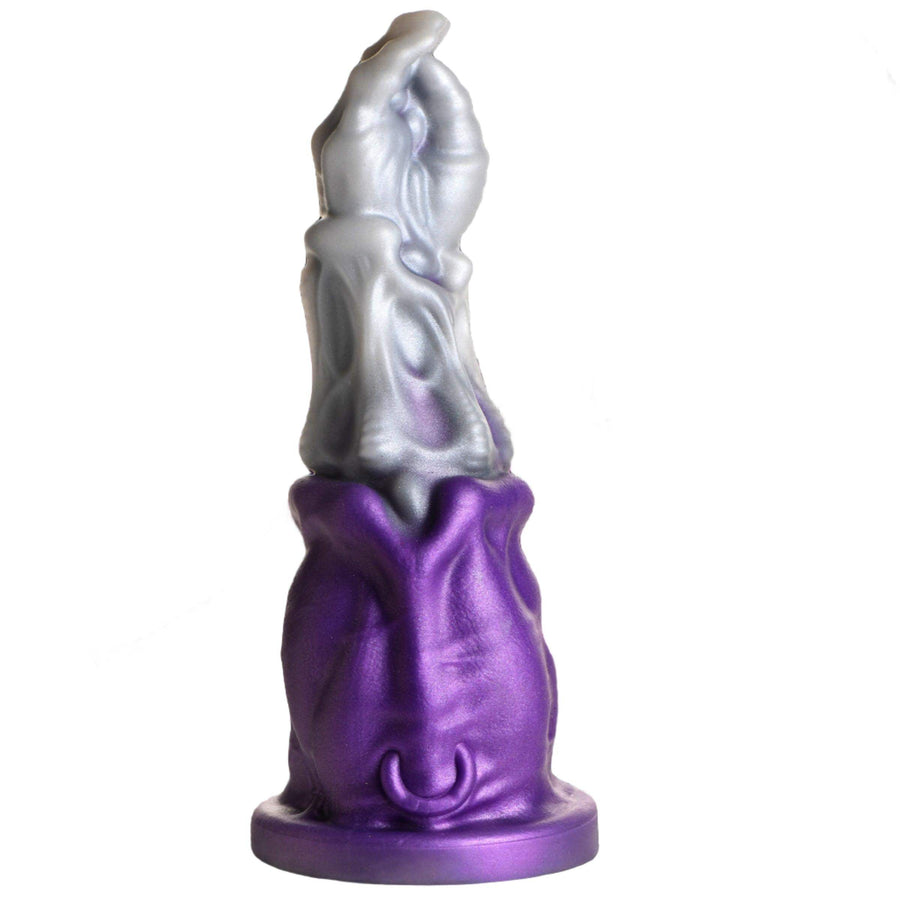
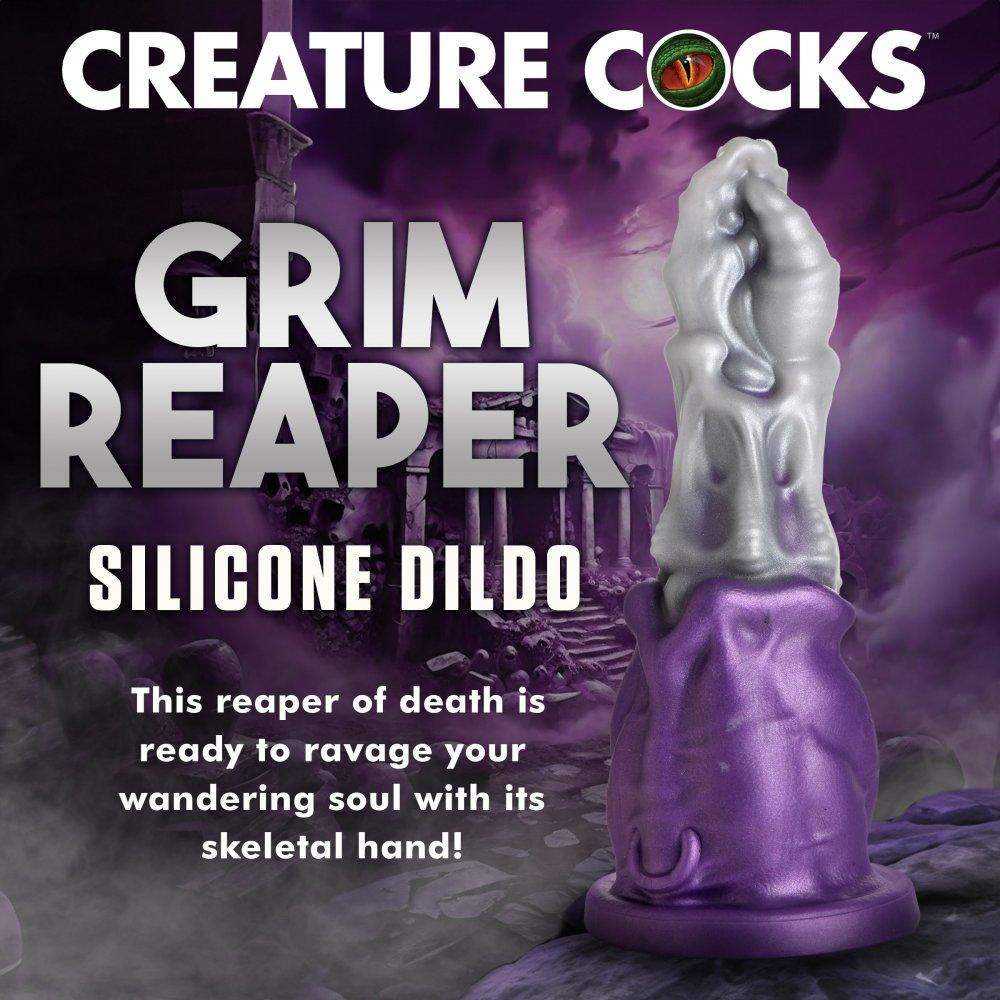
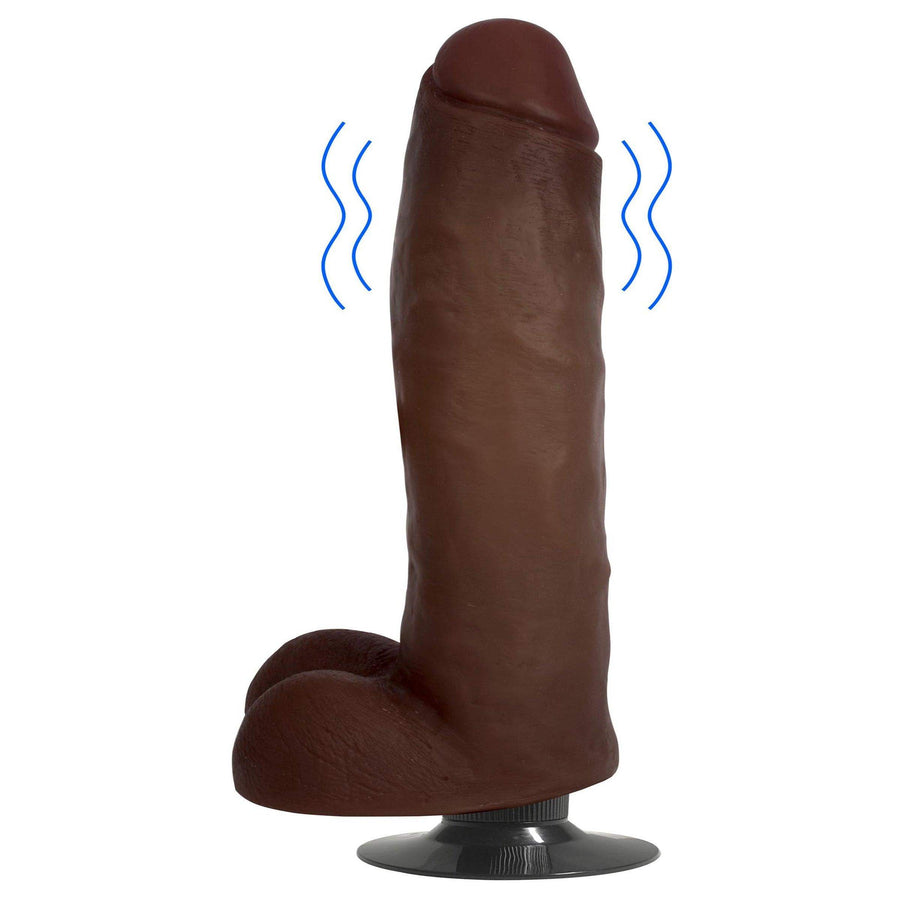
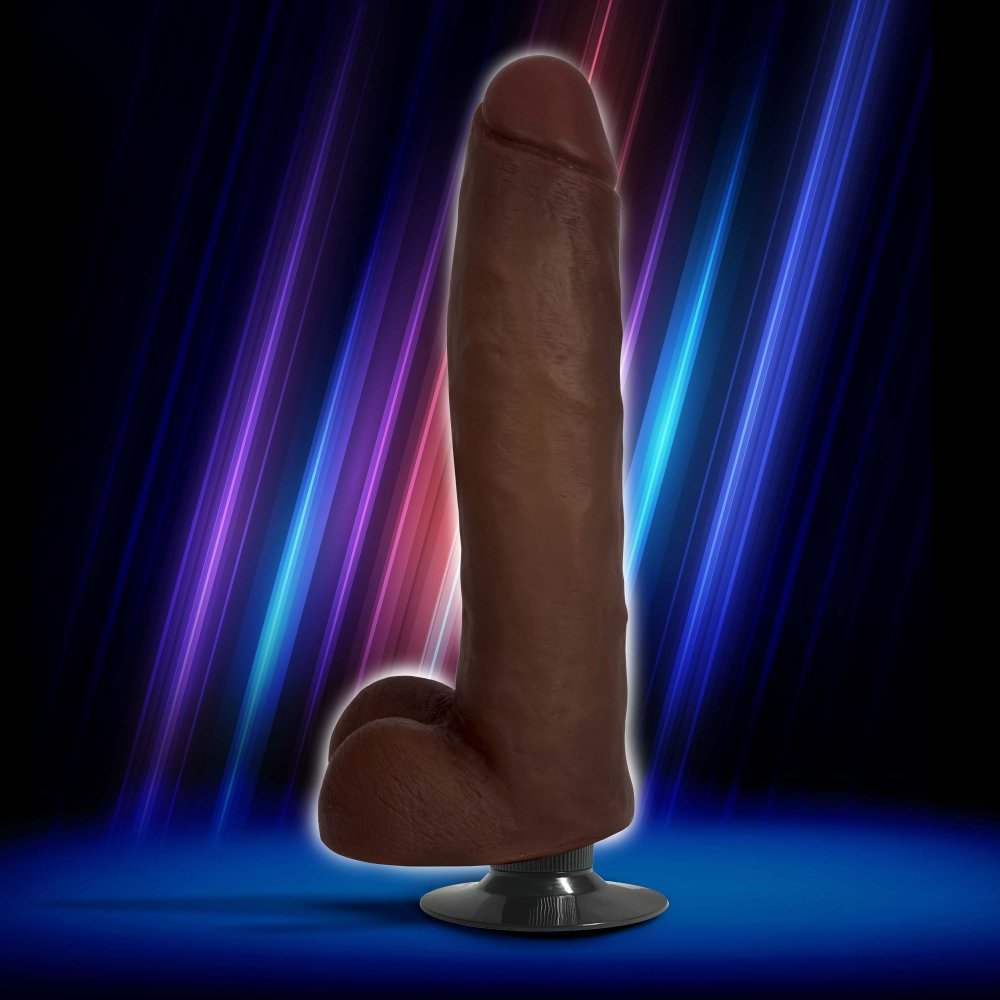
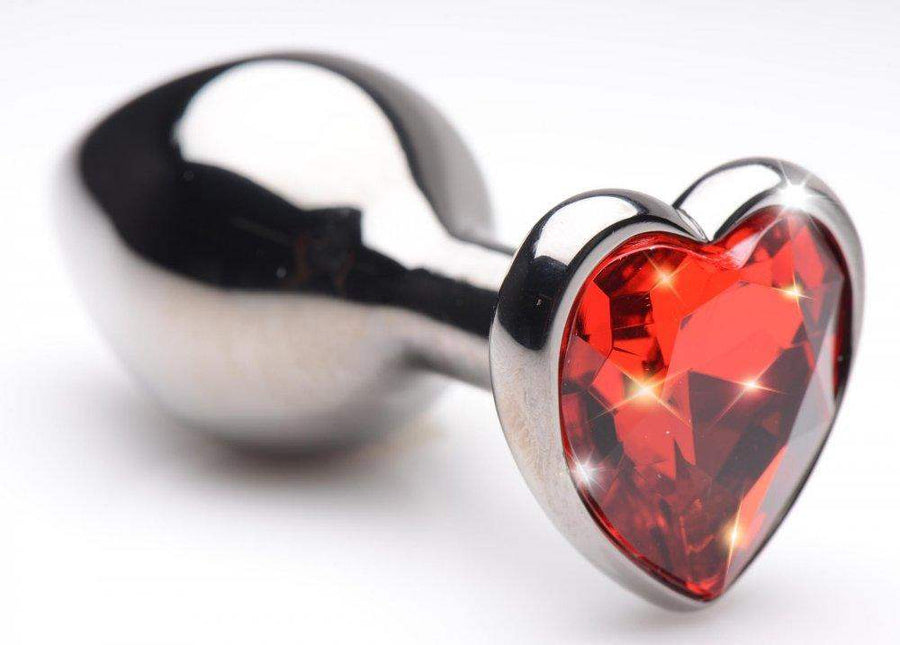


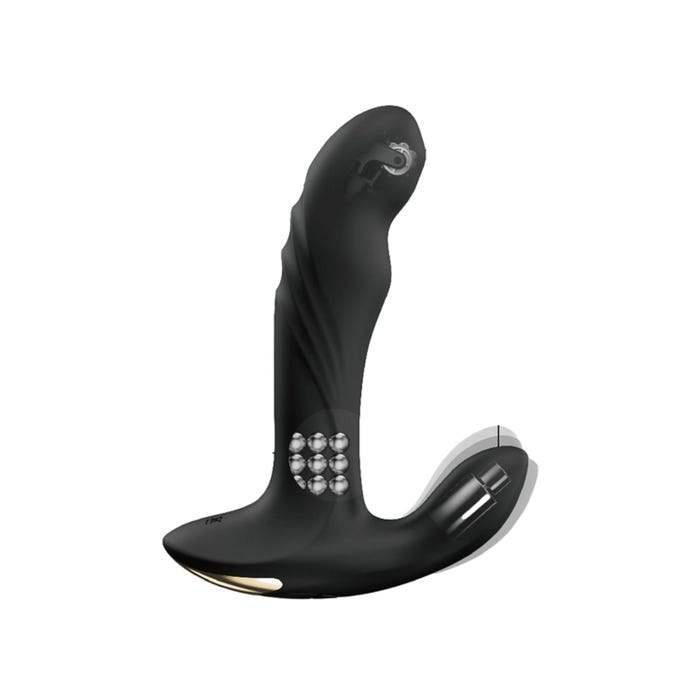



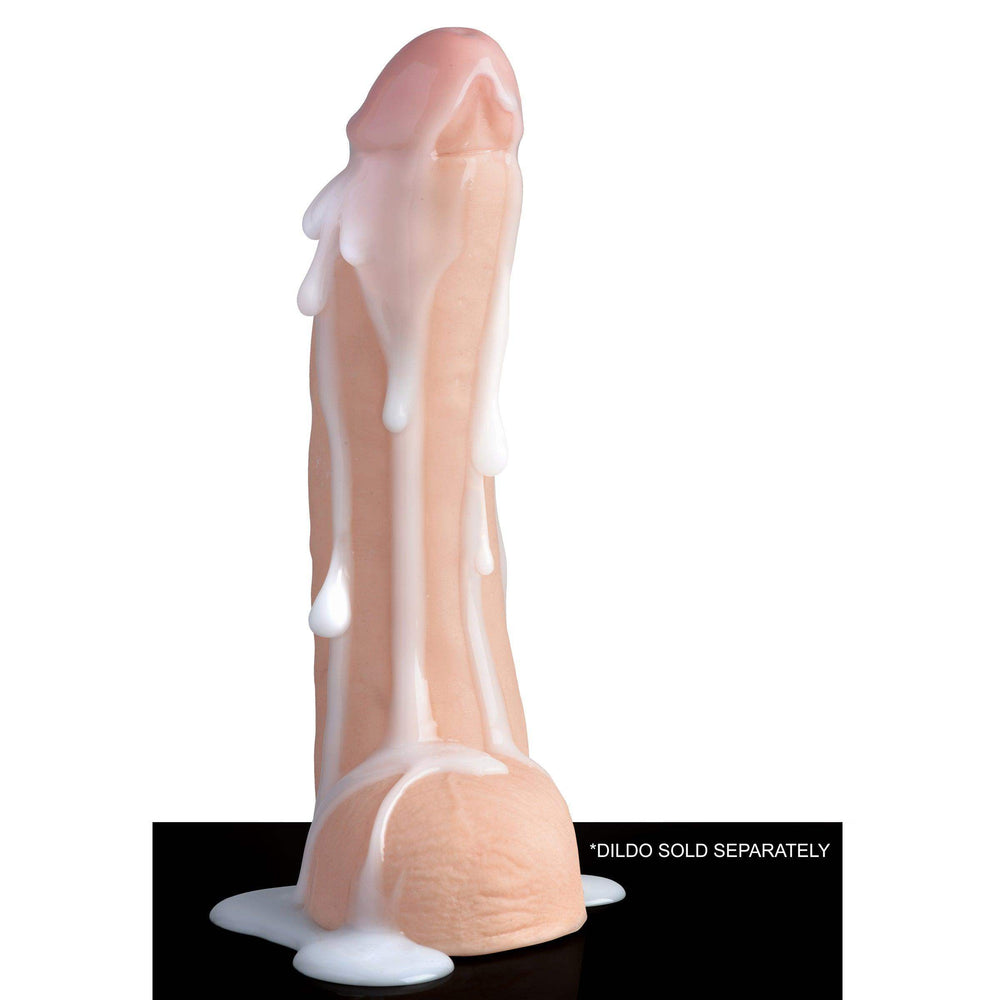



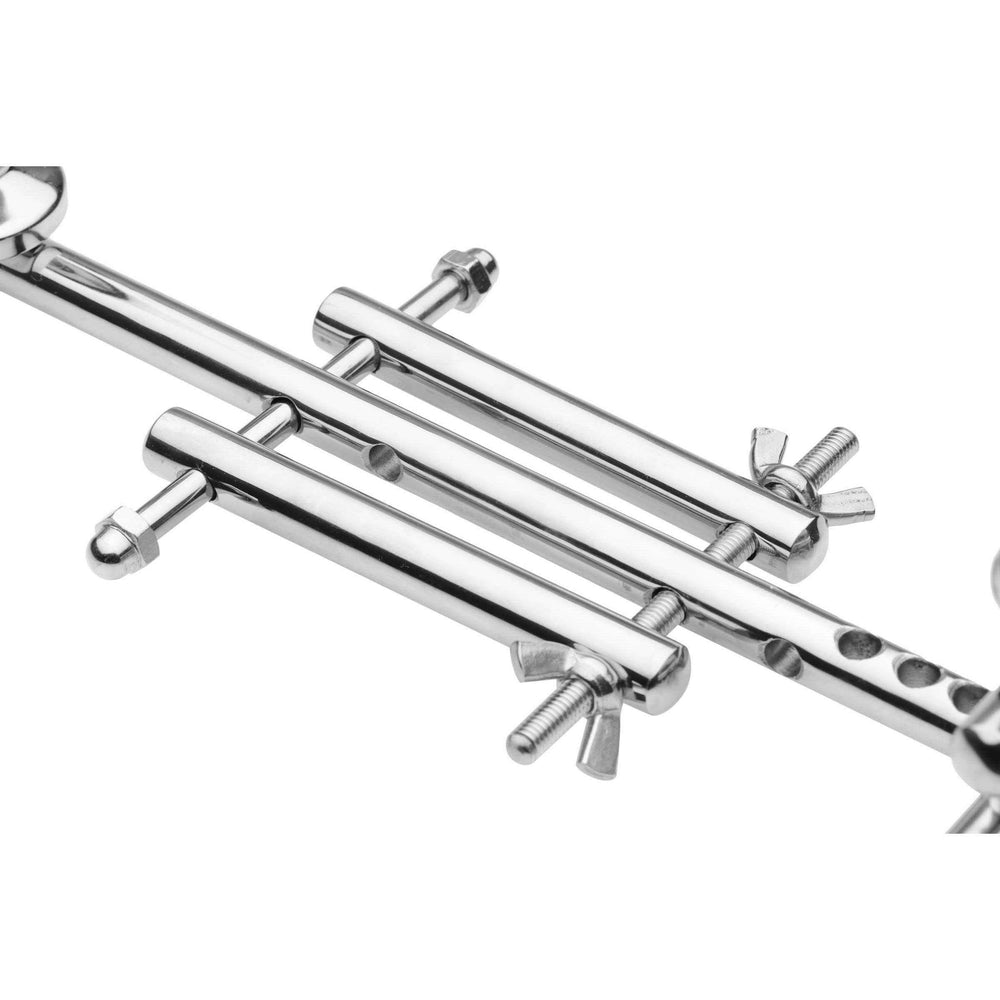

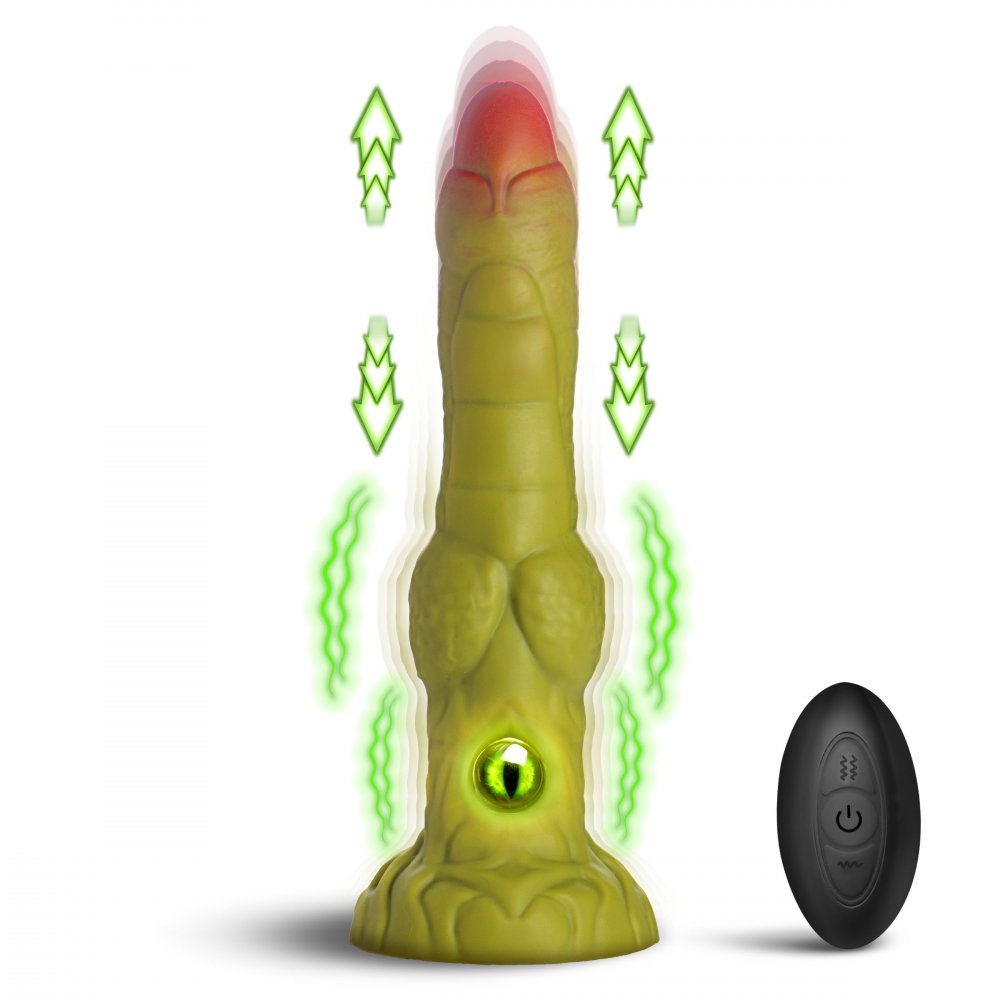
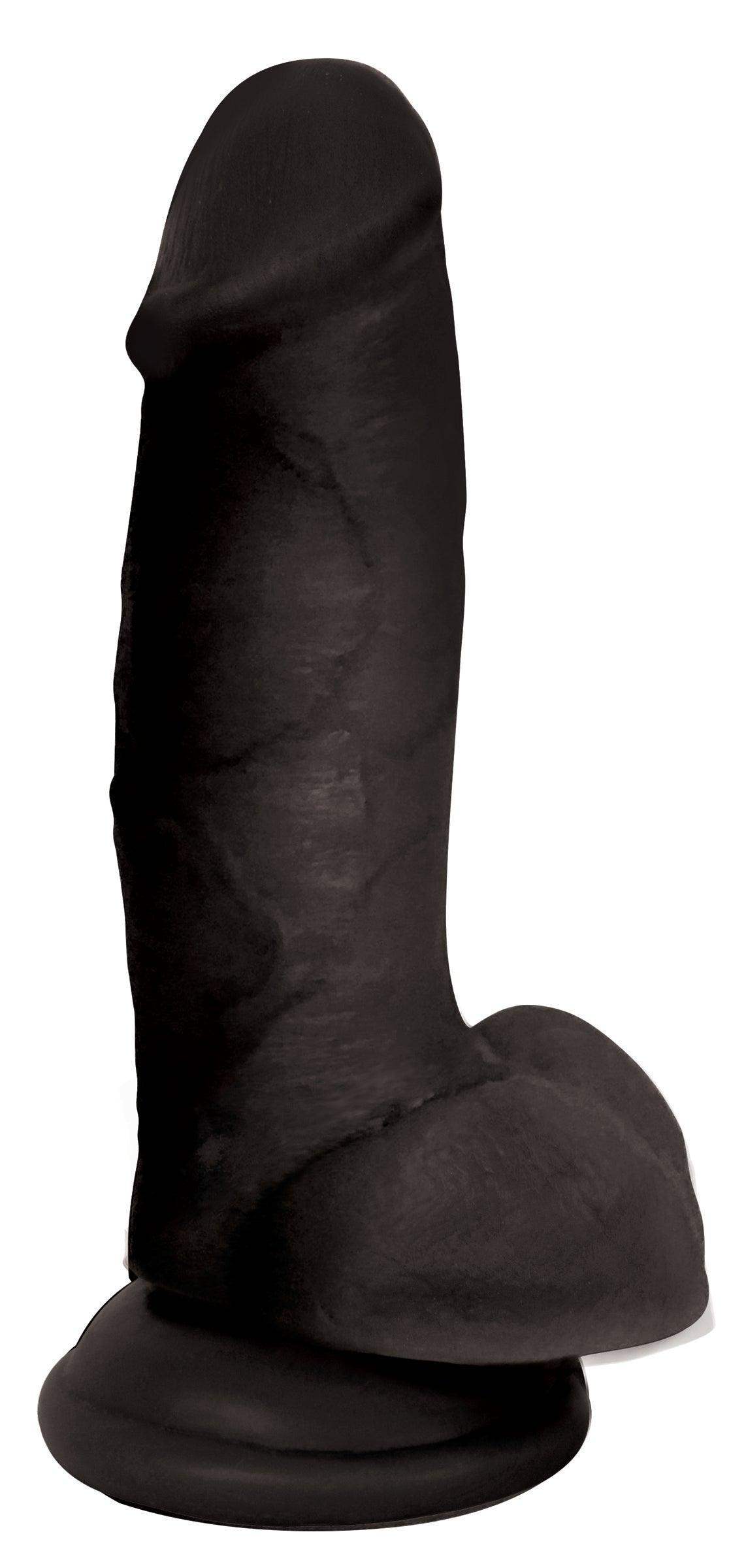









Leave a comment